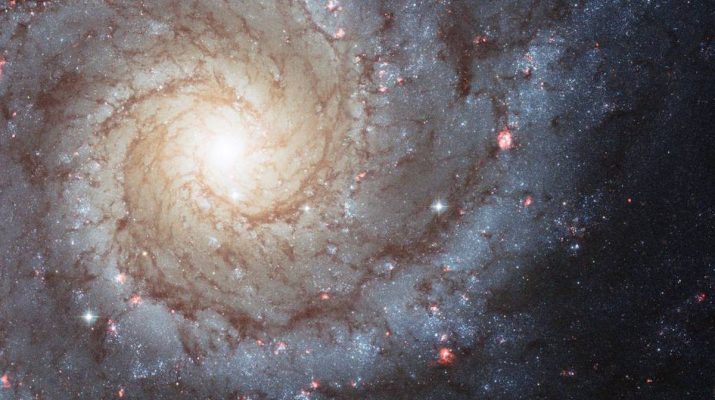A new artificial intelligence technology has managed to display clusters of galaxies millions of light years away.
Artificial intelligence, defined as the theory and development of computer systems able to perform tasks normally requiring human intelligence, such as visual perception, speech recognition, decision-making, and translation between languages, has become very popular today and is being used in many areas.
Artificial intelligence not only facilitates work in many areas, but also guides space research. Thanks to the newly developed artificial intelligence, clusters of galaxies millions of light years away are displayed.
The clusters of galaxies are made up of hundreds or even thousands of galaxies moving together. Galactic clusters, known as the largest celestial structures known for many years, are unfortunately not observable from the Earth because they are millions of light years away.

FAR GALAXY CLUSTERS OBSERVED BY ARTIFICIAL INTELLIGENCE
Matthew Chan, Ph.D. student at Lancaster University, developed an artificial intelligence system with a deep learning infrastructure to observe clusters of galaxies millions of light years away. This system, called “Deep-CEE” is able to discover distant galaxies and distinguish them even if they emit little light.
This artificial intelligence uses neural networks, simulating methods that enable people to distinguish objects. Trained using images of galaxy clusters observed so far, artificial intelligence can detect galaxy clusters among many celestial bodies.
COMPLEX DATA WILL BE SOLVED QUICKLY
Through this study, it will be possible to observe the regions of the universe which have never been explored before and to make more detailed researches. In addition, this system can easily decode complex data from observation telescopes.
For example, this system called Deep-CEE, which can quickly scan images from very large data from telescopes, will easily determine where the clusters of galaxies may be.
The LSST telescope, which will be used in 2021, will produce a total of 15 terabytes (15,360 GB) of data in just one day. As a matter of fact, artificial intelligence technologies will be utilized in order to distinguish these data easily.




